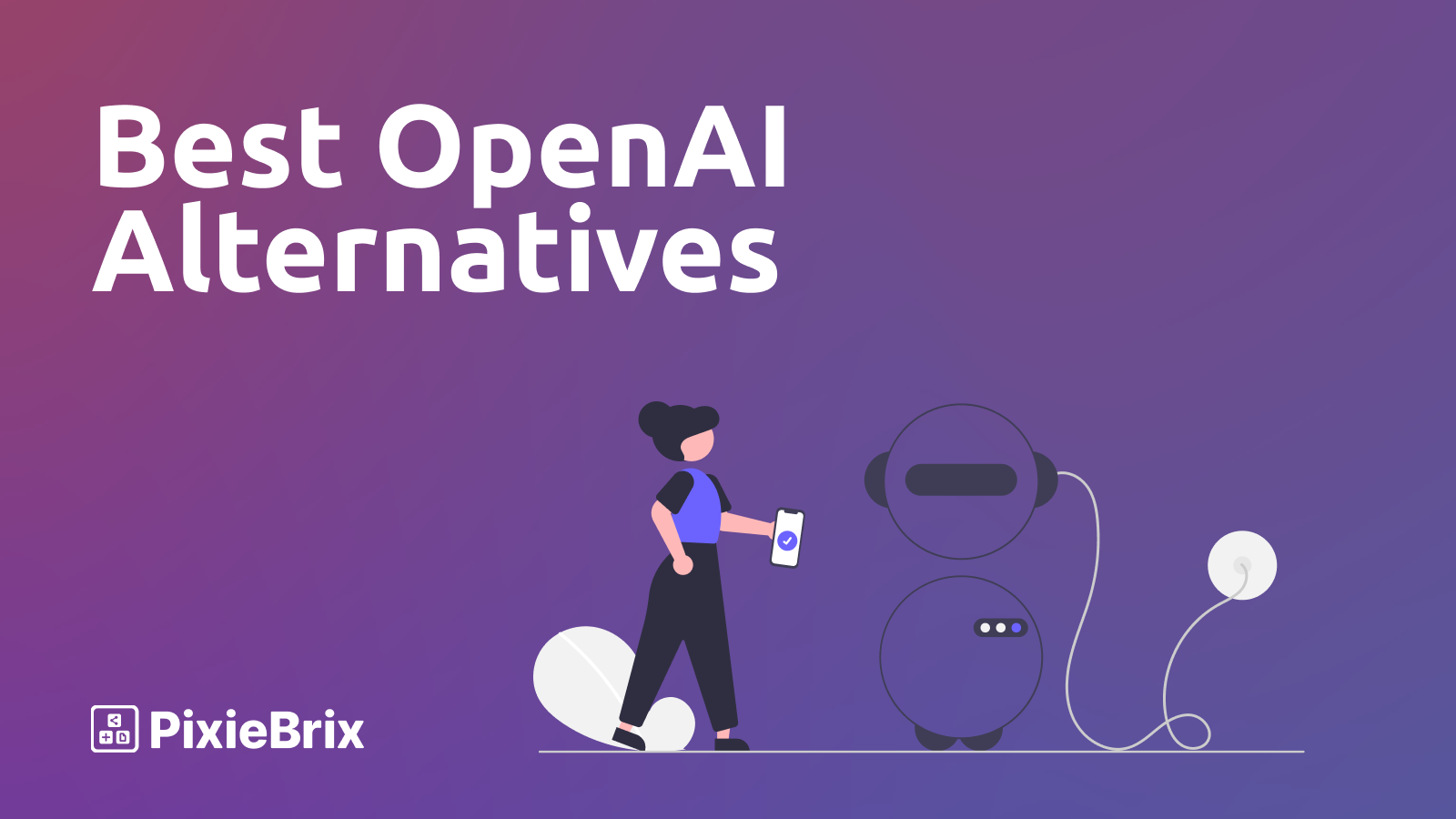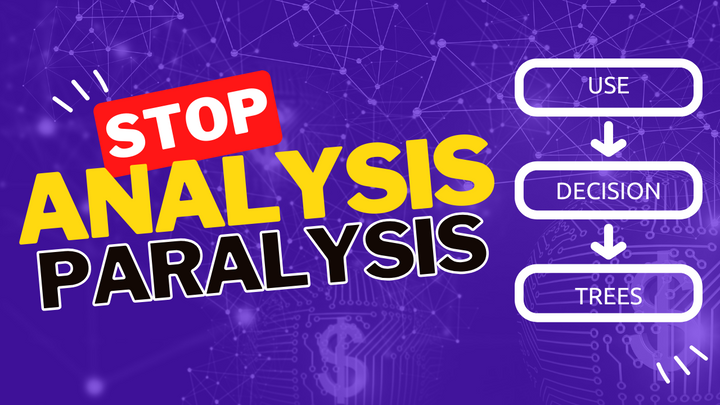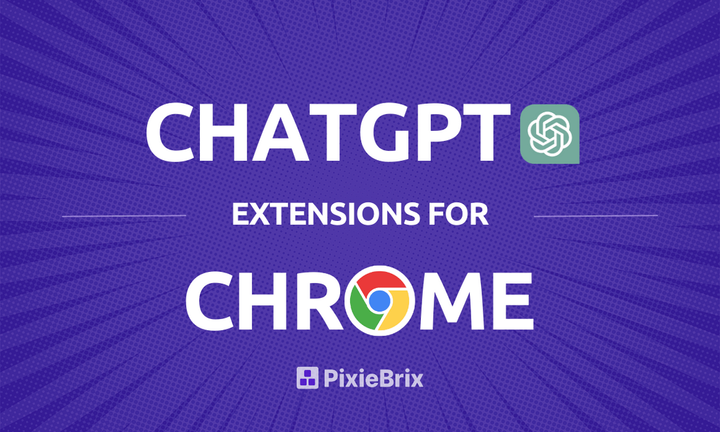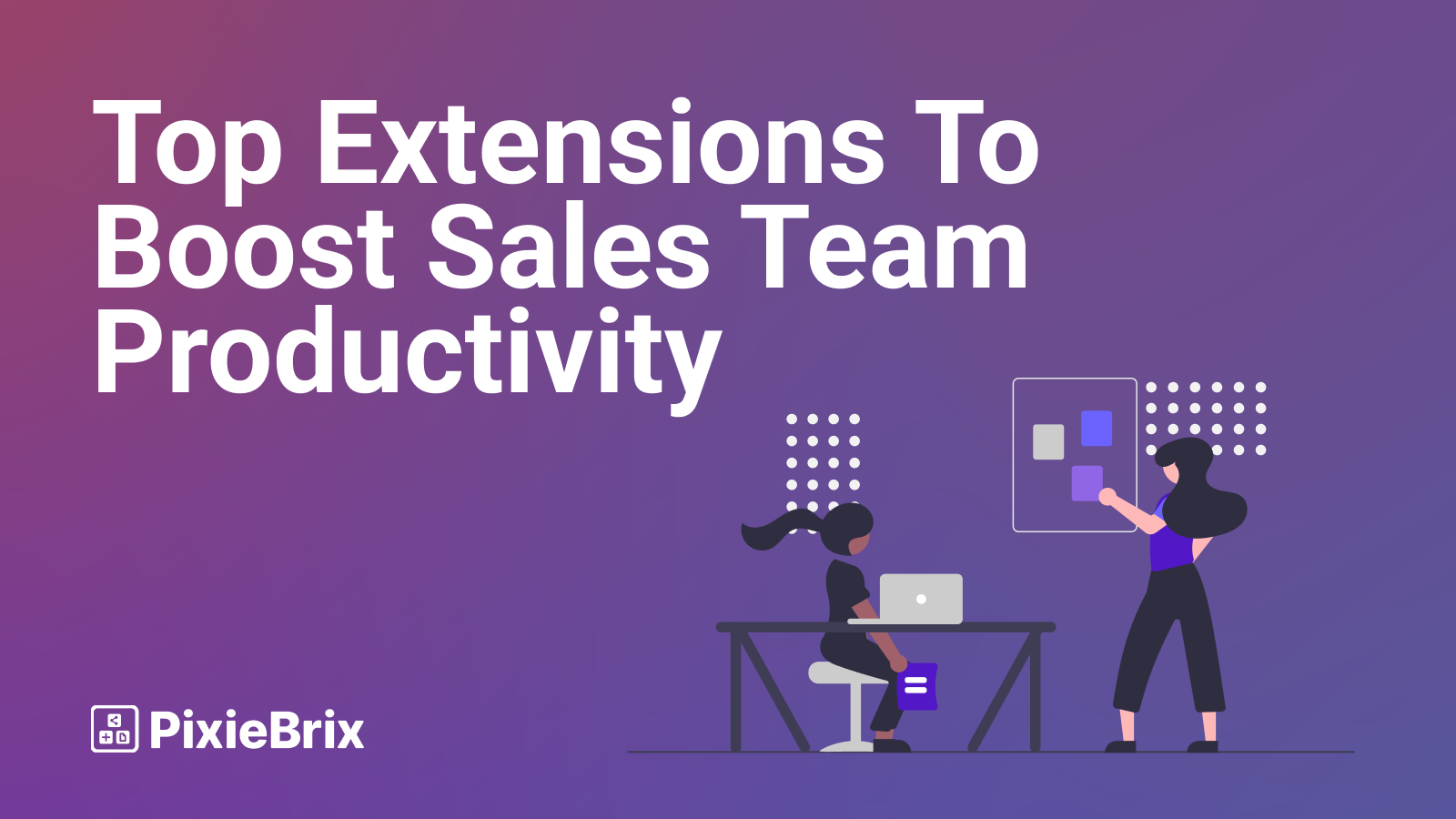The 6 Best OpenAI Alternatives
Looking for the best alternative to OpenAI? Let's explore six options that help you leverage the power of AI.

ChatGPT might have hit the public first, but that doesn’t mean the technology behind it — OpenAI — is the right fit for everyone. In fact, in the time since ChatGPT’s launch, some of the world’s biggest companies have built or revealed their own OpenAI alternatives.
That means you’re spoiled for choice, no matter what your use case is. So let’s dive in and see which alternative is best for you.
Notion AI
Notion is one of the most flexible platforms out there, serving as a project management tool for some, a database for others, and everything in between. A whole community has sprung up around this tool, leading to the creation of a ton of templates and Chrome extensions for the productivity-obsessed.
Fully released back in February, Notion AI is integrated directly into Notion, meaning you can get a similar functionality to OpenAI’s ChatGPT platform in Notion. You can ask Notion AI the same kinds of questions you’d ask ChatGPT, but it also enhances just about every part of Notion.
What makes it different from OpenAI?
Mainly, the fact that it’s fully integrated with Notion. That means Notion AI is a lot more than just a chatbot. It can summarize information in your Notion pages, create takeaways from your transcripts, and even manage entire projects for you.
Google’s LaMDA
Google’s language models have been around for a bit longer than some of the other OpenAI alternatives on this list, having been first developed in 2020 and announced to the public in 2021. LaMDA refers to not just one AI model, but multiple models, which are used throughout Google’s services.
While LaMDA is mostly only accessible internally at Google, you can get access to it in a limited way through Google’s AI Test Kitchen, available through this Android app. While you won’t get to play with nearly the same kind of functionality as OpenAI, you can participate in limited tech demos that help shape its development.
That said, Google’s own chatbot Bard runs on LaMDA, meaning you can get the same sort of functionality you’d expect from ChatGPT. You just won’t have an API to experiment with — which is one of the big draws for OpenAI.
What makes it different from OpenAI?
Google’s LaMDA doesn’t offer nearly the same availability as OpenAI, but you can expect to see more of it throughout Google’s products as its functionality improves. Bard, on the other hand, has some advantages over ChatGPT, namely that it can dynamically search the web for its answers — while ChatGPT has to refer to training data that ends in 2021.
PixieBrix
Here’s a special entry. While PixieBrix itself isn’t built on a language model like OpenAI, it does allow you to use ChatGPT for specific needs without going through a whole list of prompts. Even better, you can do it from any website.
How?
PixieBrix is a low-code platform for customizing the websites you’re already using, automating manual work, and supercharging your productivity. On the PixieBrix Marketplace, you’ll find a ton of pre-built mods that let you plug AI into your workflows with minimal effort. Here are just a few examples.
- Generate personalized LinkedIn connection requests: If you’re often doing LinkedIn outreach, this will be a game changer. Instead of racking your brain to figure out the right approach, you can let AI do it for you.
- Write an email in my style: How much time do you lose to emails on a given day? With this PixieBrix mod, you can teach ChatGPT your writing style and let it do the heavy lifting while you focus on more important work.
- Ask a CEO: Ever wish you could ask your CEO anything? With this mod, you can. Get some insight from your own digital CEO so you can move quickly and fix the big problems.
Curious to see how it works? You can try PixieBrix for free right here.
Microsoft’s Turing
Microsoft’s Turing language model has gone through a few iterations in the past few years, with MT-NLG being the latest model — developed with help from NVIDIA. This OpenAI alternative can be found throughout Microsoft’s products, from the Office suite to Xbox and Azure DevOps. But one of its most interesting applications involves its integration with Bing, Microsoft’s search engine.
If you access Bing through the Microsoft Edge browser, you’ll get access to a chatbot powered by Turing — with similar functionality you’d expect from ChatGPT. But unlike ChatGPT, the Bing chatbot will actually source its answers, meaning you can see just how accurate they are.
What makes it different from OpenAI?
Primarily, the fact that Turing is enhancing many of Microsoft’s products in one way or another. If you’re using Office for work, then you might already be using Turing without realizing it. On the chatbot front, there are a few more barriers to using Bing than ChatGPT, but it has some nifty features to compensate for this.
Jasper
Jasper is an AI tool built specifically with marketers in mind, making it a hyper-focused OpenAI alternative. While you can use chatbots like ChatGPT for marketing tasks, Jasper has built-in features for guiding marketers through getting the most out of AI.
Whether you’re just trying to churn out content for your blog, creating a publication calendar, or even building a marketing campaign from scratch, Jasper’s AI platform can do it all. Plus, it even has a built-in chatbot for answering all your marketing questions on the fly.
What makes it different from OpenAI?
Basically, while a technically-minded team could probably use OpenAI’s API to build something similar to Jasper, the sheer amount of marketing help that’s baked into the platform makes Jasper the better option. Marketing novices can build up their skills a whole lot faster with a platform tailored to their needs, and senior marketers can save a ton of time on routine tasks.
Writer
If you’re looking for an OpenAI alternative that’s even more specialized than Jasper, Writer is the platform for you. This generative AI platform is used by a ton of enterprise-sized companies, from Twitter to Spotify and Deloitte to Intuit. Everything Writer offers is aimed at helping marketers improve their brand, create content, and even build a dynamic style guide.
One of the best parts of Writer is you can train it on your brand, meaning its recommendations will always be a perfect match for your needs. No off-color language, no mixed messages.
What makes it different from OpenAI?
Much like Jasper, Writer is an AI tool for that can help generalists get specific jobs done — or specialists get things done faster. You don’t have to be a marketer to benefit from this platform, but you’ll be hard-pressed to find a use for it in other roles.
Really Open AI
If OpenAI isn’t the right platform for you — either because you need it integrated with a specific tool or it’s missing some key features — there are a ton of alternatives you can try. Many of these tools are either completely free or have a free trial, meaning that you can deploy them quickly and figure out which one works best for you.



